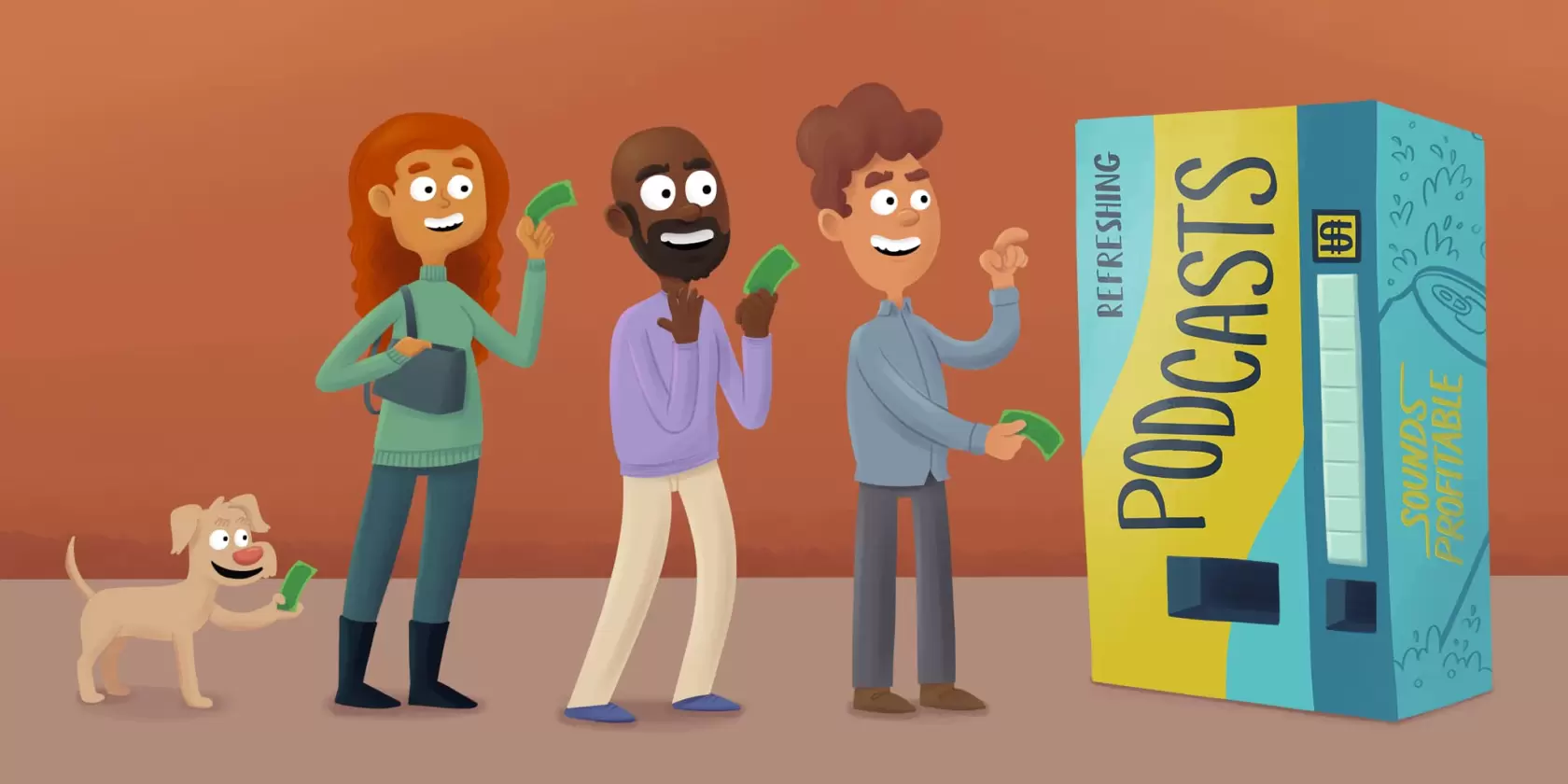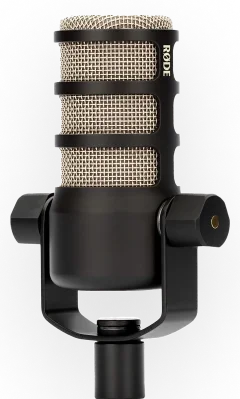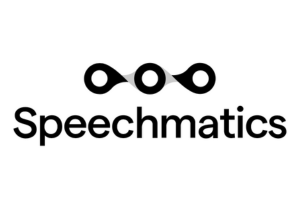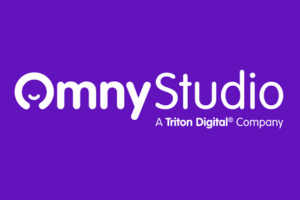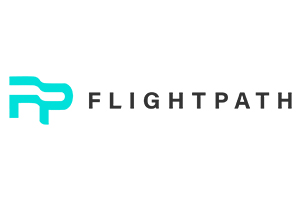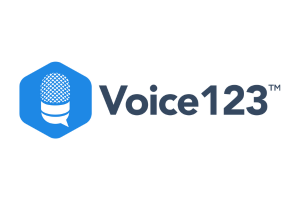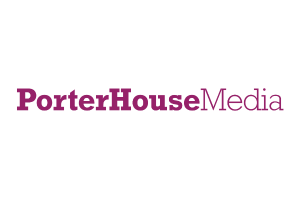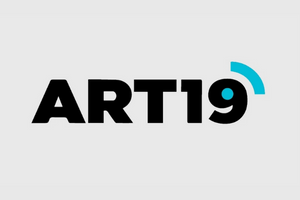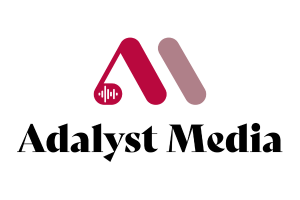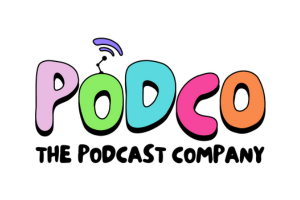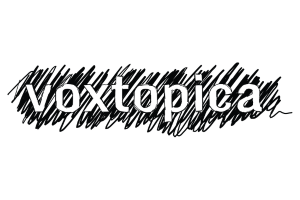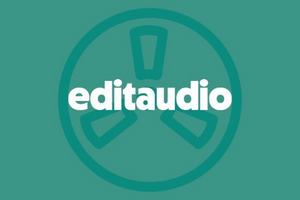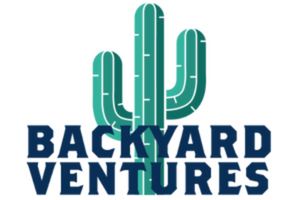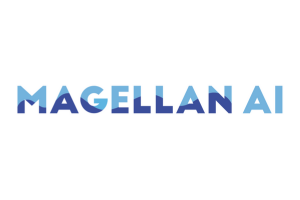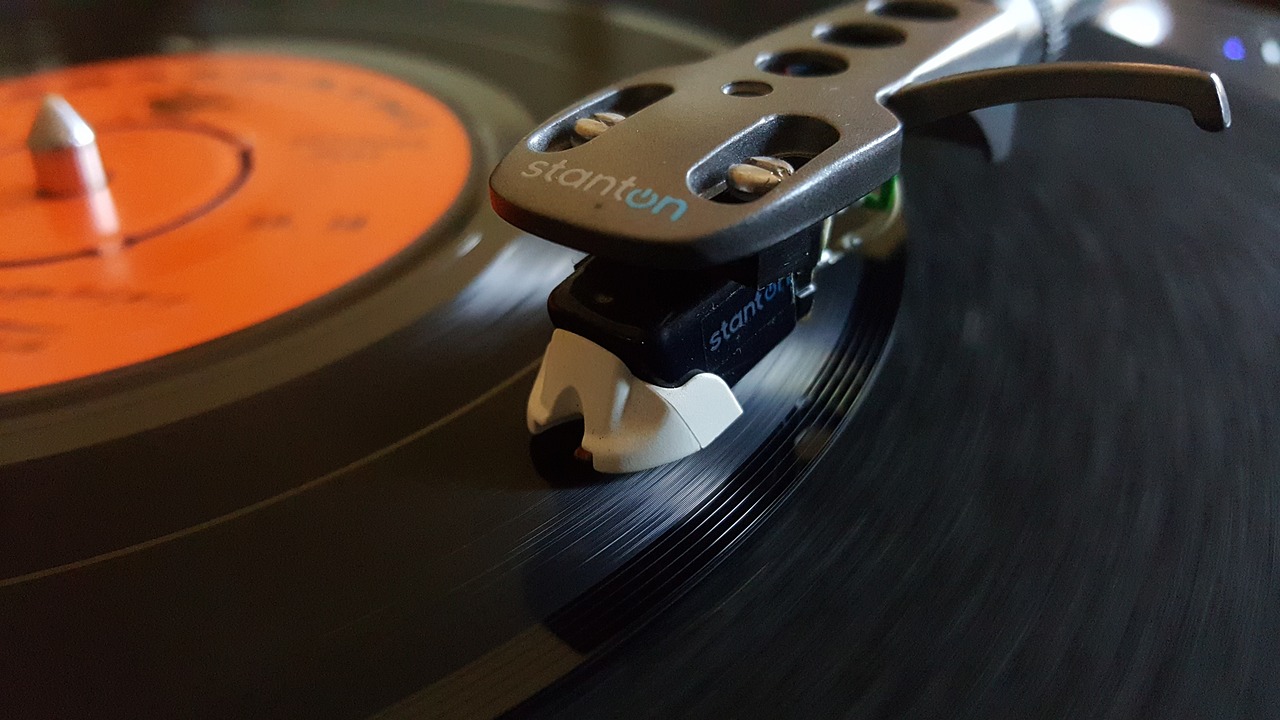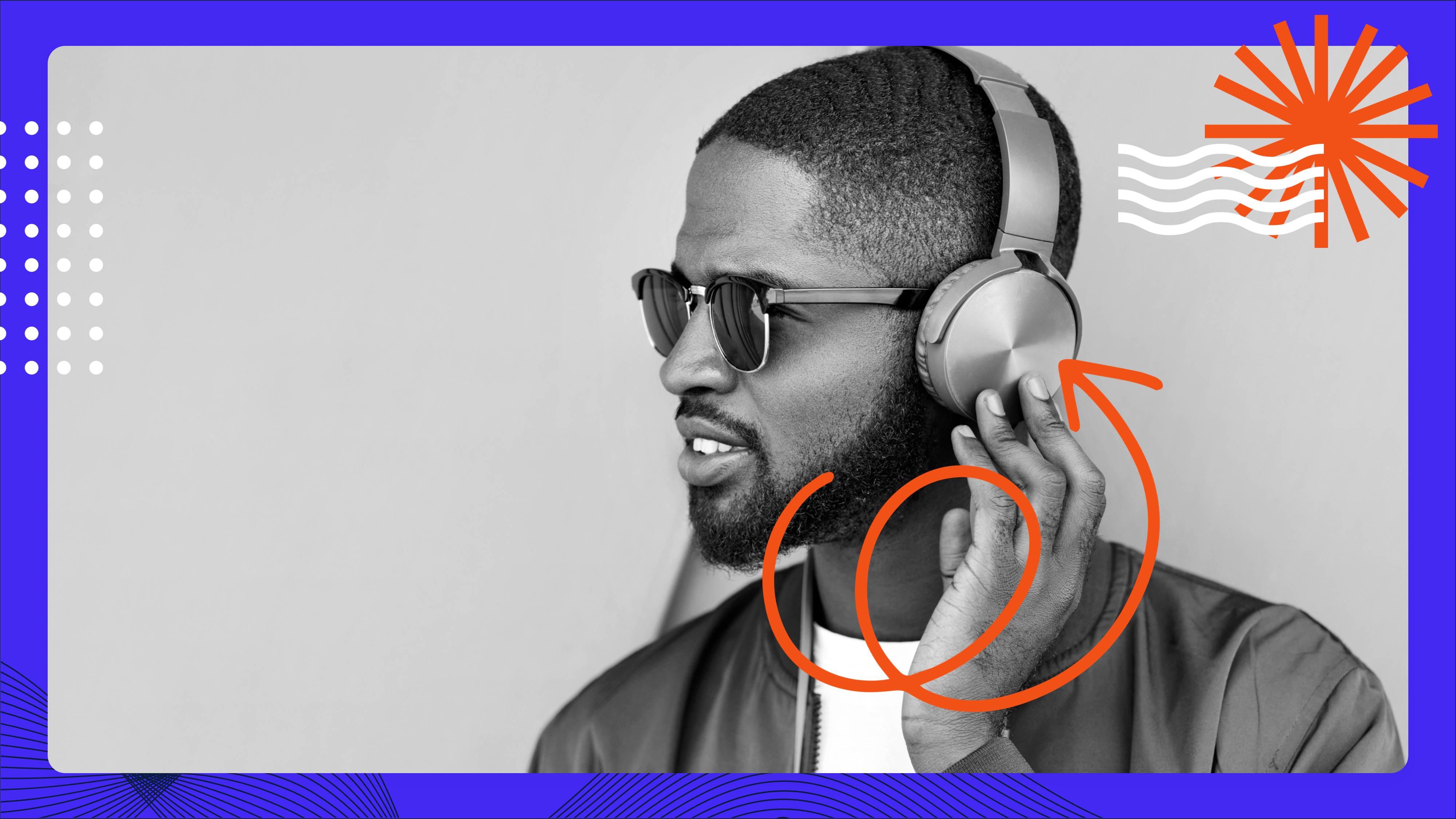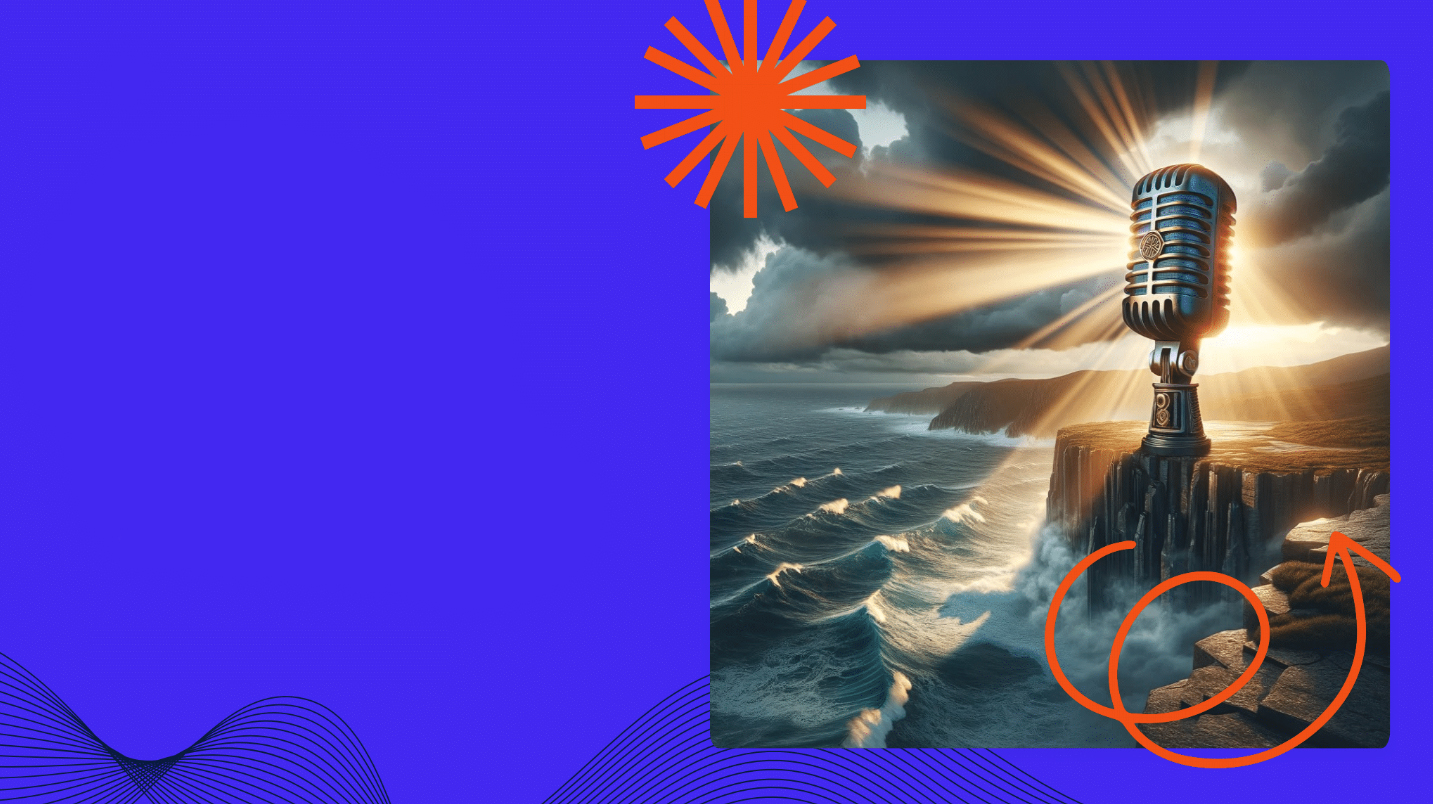Before we kick off this week’s article, I wanted to highlight that our next research presentation will be presented live over Zoom on December 7th at 1pm EST. Tom and I would really love to have you and all your colleagues there:
Brands and Agencies are often concerned with brand safety and suitability. Public opinion and risk tolerance can shift overnight. Many of the decisions brands make are based around assumptions derived from general consumer behavior, but do those assumptions apply to podcasting?
The Sounds Profitable Research series is about to find out! Join Tom Webster and Bryan Barletta live on Wednesday, December 7th as they present the first-ever study of brand safety and suitability from the listener’s perspective: Safe and Sound. Sign up now!
Last week, I dove into the changes that we need to see for podcast subscriptions to move from a popular offering to a core feature of podcasting. We’re close, but the onus is now on proprietary platforms like Apple and Spotify to reach a consensus on what subscriptions as a core feature looks like, which can then be embraced by a wider open ecosystem.
This week, I wanted to come at things from a different perspective, specifically that of the ways that the podcaster and audience interact. From how we convert a follow to a subscriber, to weighing and prioritizing each subscription solution from both the podcaster and listener perspective, and most importantly to exploring the upper limits of what we can accomplish under a subscription offering.
Before things become rigid and defined, it’s in our best interest to explore these paths, find out what works, and just as importantly, what doesn’t work.
The Call is Coming From Inside The House
Every single podcast with a subscription offering should have an ad for their subscription offering. This ad could probably be a pre-roll, if you tee up the show (and network if relevant) well enough. But most importantly, this ad shouldn’t be “backfill”. It shouldn’t be a slot that you can sell for anything else. It’s solely to promote the subscription offering for the podcast.
Let’s say I’m your most loyal fan. I have followed your podcast since day one. I listen to every episode on the day it’s released. I tell all my friends about it. And then let’s say you, like most podcasters, offer a subscription option sometime down the line instead of at launch. How am I, your biggest fan, supposed to know about it?
Listeners looking for a new podcast in Apple Podcasts, for example, have the subscription offering for them front and center. Meanwhile, existing listeners who return after missing a few episodes see that same subscription offering when tapping back into your podcast in their library. But, for those of us who are on the ball and keeping up with the show (i.e., some of your biggest supporters), the entire in-app flow of subscription is mostly invisible to us.
We’re all here because we believe in the power of audio, and yet so many of us actively neglect using audio to sell our podcasts, merch, and services through ads in our own podcasts. While you absolutely can explore this as backfill for your unsold ad inventory, I think it’s far more likely that listeners don’t associate self-promotion as an ad, so why cannibalize inventory you might find scarce in the future.?
Sell the Sell
I don’t love the argument that subscription solutions that prevent the publisher from owning the listener’s information are bad for the publisher.
For example, I’m eyeballing a new pair of headphones, since I’m on 30+ hours of calls each week. I’m presented with two basic options: I can buy from the company directly, or I can order them on Amazon. The first option might be a bit cheaper and definitely earns the company more money, but I’m not clear about their shipping policy, and their return policy probably will cost me time and money. Or there’s Amazon, who will get them to me by tomorrow and if I don’t like them I can return them next time I go grocery shopping. Guess which one I’d rather do?
Centralized locations to purchase goods and services aren’t new (consider the App Store as a great example), and it feels shortsighted to trivialize the value of cultivating a buying audience, however you come by them. While the company doesn’t get that information from me at the point of sale, when I open that box it’s full of information about signing up for a warranty or other perks I can get for registering directly, which the truly dedicated do, closing the circle for that company.
I bring all of this up to emphasize that there’s really no dead-ends in selling a product to a consumer. Just because the headphone company wasn’t who I purchased from, doesn’t mean I ultimately didn’t receive their product which just as easily can motivate me to connect directly with them. So, why in podcasting, when a listener purchases through their preferred method of choice (Apple Podcasts, for example) do we throw our hands up that we’ve lost all ability to connect with that listener? If anything, we’ve created an incredibly targeted bucket of listeners that we can target with even more reasons on why they should connect with us directly. Publishers should be actively advertising their ideal subscription solutions to their subscribed audience.
Do you offer unique video content? A Discord channel? A paid newsletter? Literally anything else besides bonus content, early content, and ad free feeds? Fantastic. At the start of every episode for your subscribed audience on those limited platforms, advertise the alternatives to them. Let them know if they forward their receipt to you, you’ll give them a month free for signing up directly, or something else equally compelling. Authors who offer pre-sale bonuses for books do this all the time. It’s not a direct path, but it’s a path to you nonetheless.
And while you may convert some of your subscribers over, it’s important to remember one thing about those that you didn’t: you wouldn’t have gotten them as subscribers in the first place without the funnel they signed up through.
Brought to You Ad Free by Sounds Profitable
There are other creative revenue opportunities for your most devoted listeners as well. I think back fondly to the days of Hulu offering me the ability to watch a 2 minute ad or see 13 ads within the episode. They used some pretty key language that’s stuck in my head for the two minute ad: “This episode on Hulu is brought to you ad free by [Advertiser].”
“So cool of [Advertiser] to do that”, I would think, as I watched their two-minute ad on an “ad-free” show.
I do think ad-free options are financially viable for podcasters, and revenue-wise, they’re not missing out. But consider for a moment that your most committed audience will be your subscribers, and your most committed audience is oftentimes the main reason an advertiser wants to work directly with the show. So, it’s time to get creative.
Bonus content isn’t always cheap to make, requiring additional time, effort, and resources. Kicking off that content by letting your listeners know that it was created thanks to the support and sponsorship of an advertiser is not offensive, and is a fantastic branding opportunity for each side.
Ad-free is such low hanging fruit to offer your subscribers, but don’t forget how many streaming video services just offered a paid tier that has ads. And with publishers being able to serve their subscription content through a primary hosting platform which offers dynamic ad insertion, I expect this area to change significantly over time. For now, those that approach it from a unique angle have an incredible opportunity.
Wrapping It Up
Today, when we think about subscription offerings, we’re talking about individual transactions with a specific podcast or with their publisher, network, or channel. The ability to upsell from one show to many, to offer up early access and bonus content, or even ad free content provides a lot of opportunity within a podcast app. And further, being able to offer even more to those who want video, community, and anything else those creators have to offer is honestly, a lot of really great options.
But even today, we’re starting to see these models pushed further. Just look at what Amazon Music is offering for subscribers of either Amazon Prime or of their music service directly: select podcasts will be provided ad free, a week early, and if there’s bonus content you gain access to them. And that list isn’t just their owned and operated shows through Wondery, or the networks they cover through ART19, it’s also a sizable amount of major publishers directly, and some through network relationships. All of whom are financially compensated in a way that makes this subscription avenue, not to their podcast but to the app itself, viable.
We are still heavily in an experimentation phase. We’re still heavily siloed as an industry. Now, more than ever, it’s time to try new things with paths for monetization and buy into the partnerships that open doors to new and engaged audiences. Or simply help you get in front of your core audience more often from other angles.
Market Insights with Magellan AI

This week we are highlighting the fantasy sports industry by comparing overall spend between September and October over the last two years. Though spend has historically been known to decrease in October, this year was notable since the decrease was less than half last year’s. Top spenders in October 2022 included Fanduel, DraftKings, and BetMGM who ran host-read ads across mainly Sports podcasts.
Interested in more insights like this? Download the Q3’22 Podcast Advertising Benchmark Report for a full analysis
Anatomy of an Ad with ThoughtLeaders

Sponsoring brand: EveryPlate
Where we caught the ad: Is This Going To Cause An Argument
Who else has sponsored this podcast? BetterHelp, HelloFresh, ZocDoc, Best Fiends
Where else has this brand appeared? Green Eggs & Dan, Self-Helpless, Country-ish, Circling Back
Why it works: These podcast hosts/husband and wife duo are as authentic as it gets! Their conversations are genuine and raw – which is ideal for brand sponsorships because listeners know that if a product/service is being promoted, the couple truly believe in the brand. In this case, Angel Tanksley promotes EveryPlate and, after reading the talking points, she adds her own anecdote, “feeding 4 boys and a husband is not cheap…EveryPlate helps me save money and time and I feel great because they love the food…this is how my kids get real produce in their stomachs.”
New Partners
Sounds Profitable exists thanks to the continued support of our amazing partners. Monthly consulting, free tickets to our quarterly events, partner-only webinars, and access to our 500+ person slack channel are all benefits of partnering Sounds Profitable.
- PodRoll is a podcast growth platform that allows you to Buy, Sell and Monetize podcast recommendations to grow your podcast at scale.
Want to learn more about partnership? Hit reply or send us an email!

